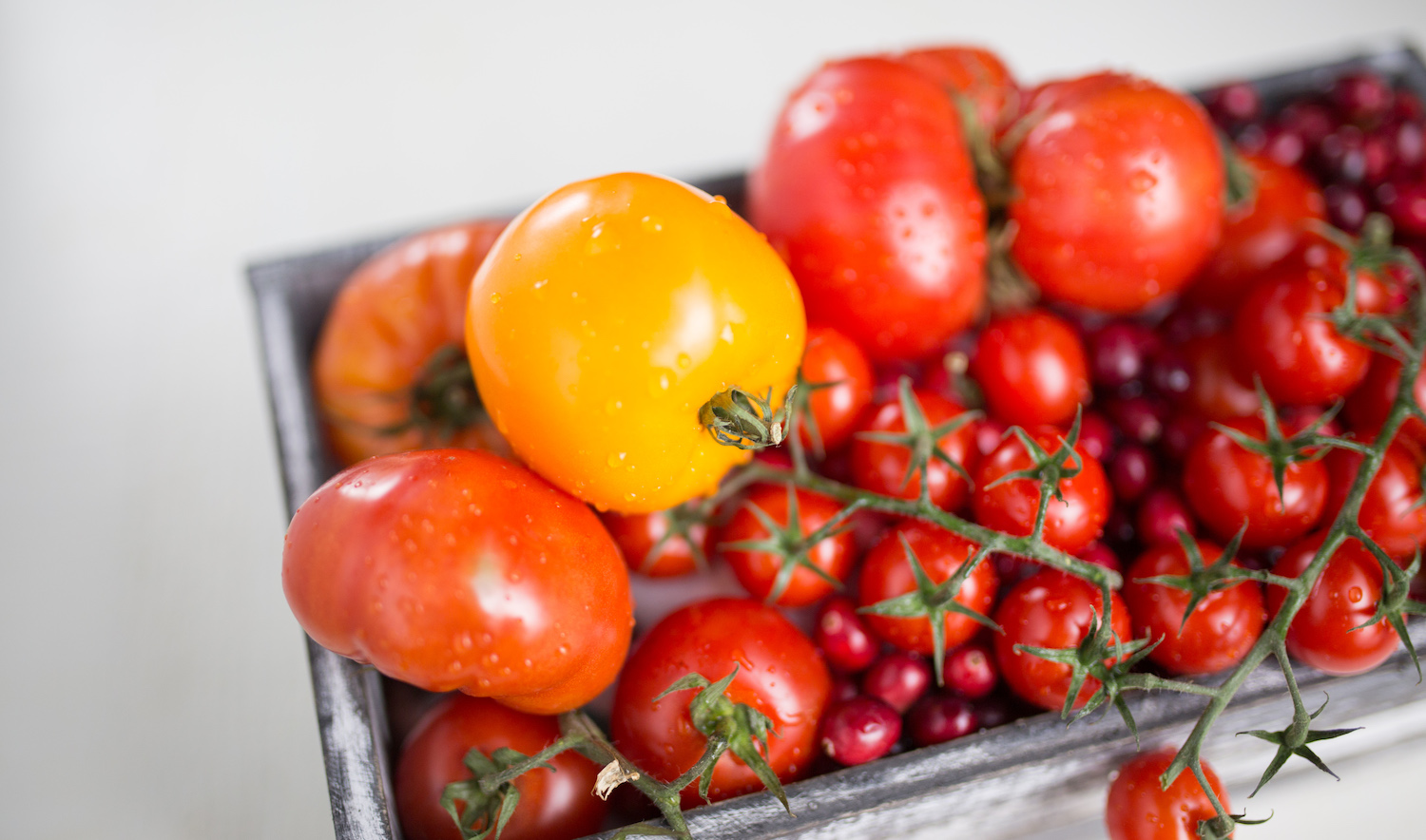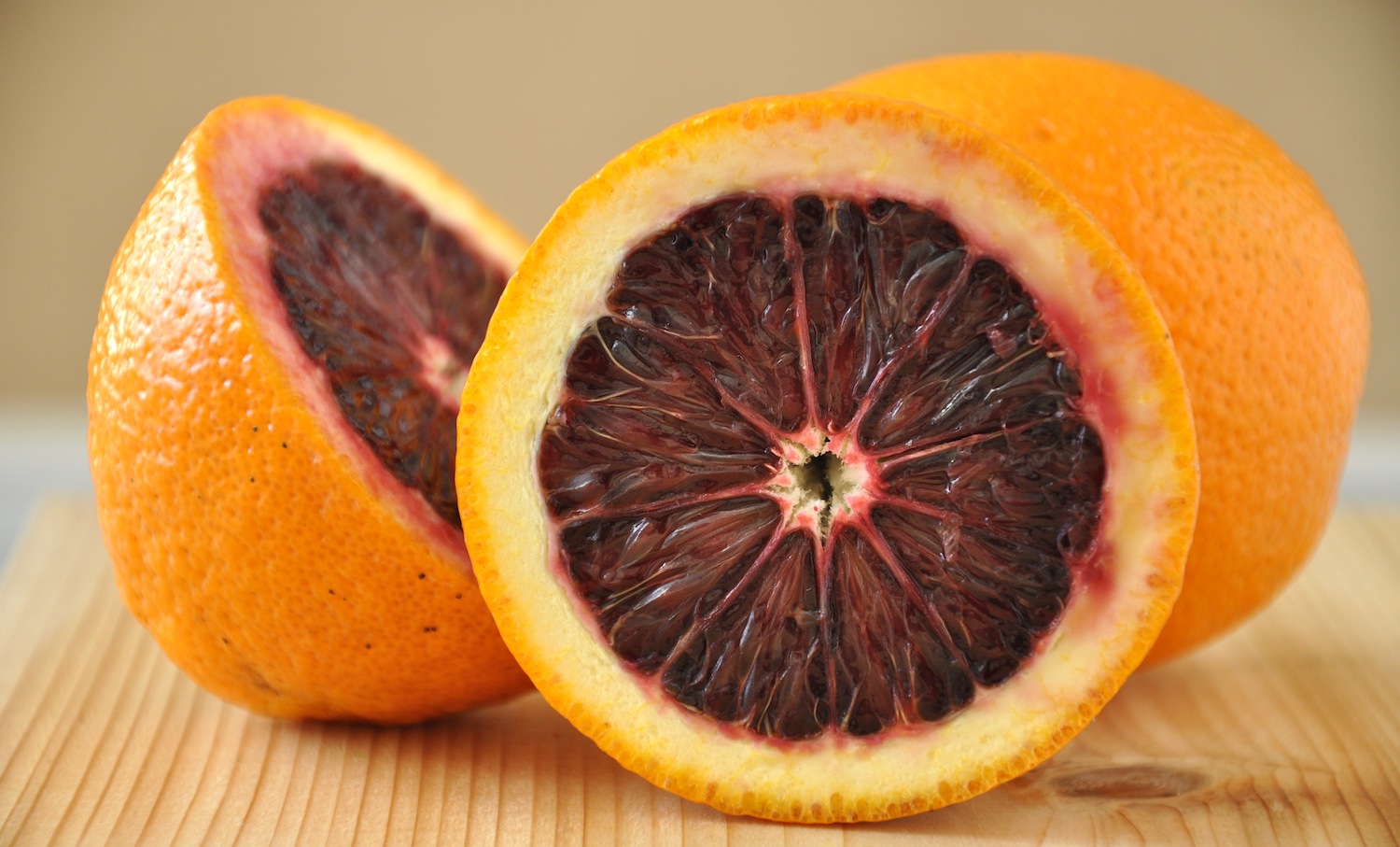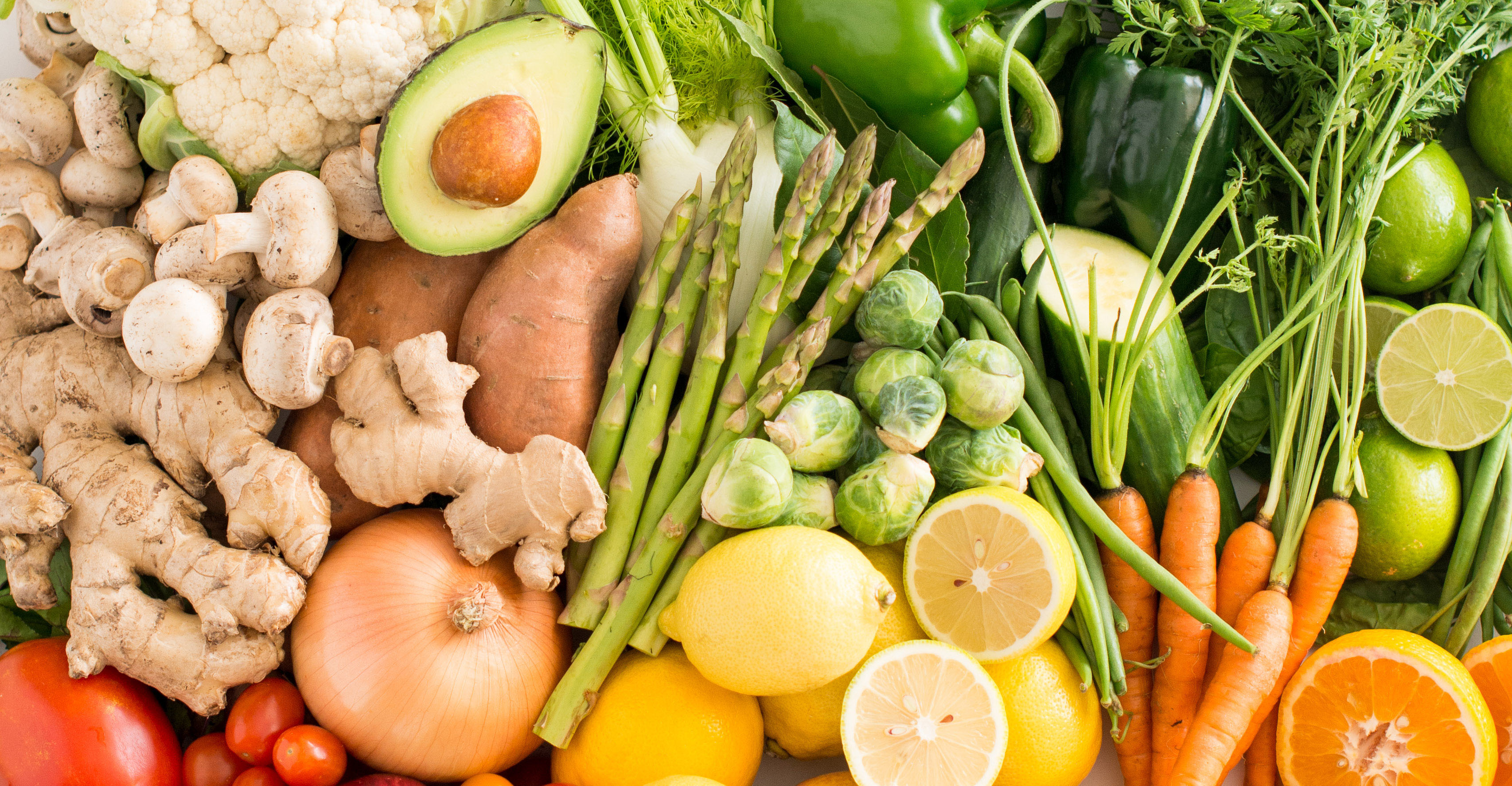Tomato, tomahto. Potato, potahto. (One of these is technically a fruit, if you haven’t already been exposed to the tomato-is-a-fruit argument.)
When it comes to which superstars of the food pyramid qualify as either fruits or vegetables, you'll be perhaps chagrined to learn that the answer isn’t often very simple.
There’s a lot of either/either, neither/neither involved with what makes a fruit a fruit and a vegetable a vegetable, and a fair amount of crossover between the two categories depending on whether you’re thinking like a botanist, a nutritionist or a chef.
The bigger question is, does it really matter all that much when categorically all of these things are pretty tasty, and generally well-regarded in the health and nutrition scope? Do culinary approaches necessarily change when you’re dealing with one over the other? While the argument is often a semantic one, here we’ll dive into those semantics toward a deeper understanding of some of our favorite plants to cook with.
Seed-Bearing Structures

Biologically speaking, by definition a fruit refers to those plant structures that are seed-bearing, and whose function is to continue the plant lineage by scattering those seeds toward reproduction. All the other plant parts — roots, stems, leaves, etc. — are considered vegetables.
Simple, right? With that definition in mind, many of your favorite fruits are easy to identify based on the obvious nature of their seeds. Orchard fruits such as apples and pears have several small seeds or “pips” contained within the core. Stone fruits such as peaches and plums have large pits that contain a couple of seeds within. Citrus fruits are loaded with internal seeds, unless they’ve been bred out of them, much like most common table grapes. (Are barren varieties still technically fruits, then?) Commercially grown bananas are also genetically sterile, but the little black spots that are revealed in a cross section show you their seed potential. Melons have huge seed cavities in their internal structure.
Related Reading: Get to Know Exotic Fruits
So that settles the great tomato debate then, right? Tomatoes are therefore definitely a fruit, since the seeds contained within are obvious. Tomatoes are a flowering plant whose flowers become tomatoes which become reproductive fruits which leave their seeds to become new tomatoes. Except by that same definition, tomatoes aren’t the only entities which we think about as vegetables, but which are technically fruits. Other plants that are biologically considered fruits include peppers, eggplants, olives, squash, avocados, cucumbers, beans and some nuts. (We’ll save the differences between nuts/legumes/kernels for another day.)
Imagine ordering a fruit salad to accompany your omelet at brunch and getting a hodgepodge of berries — a biological category that excludes strawberries and raspberries, by the way — bananas, melons, peppers, avocado and olives. If that arrived as a “fruit” salad, you’d rightfully walk out, even though it would be botanically accurate.
Related Recipe:Hand Pies with Green Peas and Mango
Sweet vs Savory

Now you can perhaps see the argument for function over form here, when we talk about fruits versus vegetables. In culinary terms, those foods we consider vegetables tend to have a more savory taste and a lower sugar content, while fruits are valued for their sweetness.
But even the sweet-versus-savory logic has flaws. Tomatoes make for an excellent salsa, paired with onions, garlic, and cilantro, but then so do mangoes. And how does one classify rhubarb by those standards, a plant that looks like celery, has no appreciable sweetness, and yet whose primary culinary claim to fame is in dessert? Or how to reckon with root vegetables, another plant category consisting of several subcategories such as tubers and rhizomes, whose taste may not be entirely sweet but that often contain more actual dietary sugar than some fruits, and often swing either savory or sweet depending on cultural context, among other factors.
Next time you see butternut squash in a “root vegetable” salad, object. Squashes are not roots. They are fruits. Sweet potatoes are indeed sweet, and make a great pie, so are they, too, a fruit? Because they're not even technically a potato.
Related recipe: Rhubarb Crumble
Nutritional Content

So can the fruit/vegetable score be settled by the realm of nutritional content then? In nutrition, matters of caloric impact, dietary sugar, vitamin content and fiber direct the conversation to places that start to align with common sense, and help you navigate those dietary guidelines.
You probably shouldn’t count a super-size order of French fries as your daily vegetable intake, even though, botanically speaking, you’d have every right to. That kind of thinking won’t prevent heart disease. But even in nutrition there is debate, and when terms like macro- and micro-nutrients enter the arena, herbs, otherwise semantically vegetables, get tossed out of the category, because you’re not getting nutritional credit for those couple sprigs of cilantro on your nachos. Unless you’re the kind of person who can eat several cups of basil in one sitting to count as leafy greens, in which case, good for you.
Related Recipe: Shaved Spring Vegetable Salad with Sumac Vinaigrette
In Summary: Eat the Rainbow

To sum up, the difference between fruits and vegetables is really difficult to summarize.
They have so much grey area between them that the best advice is to just eat a variety of colorful produce, get those vitamins and minerals and experiment with recipes that further blur the lines between sweet and savory.
Related Recipe: Sweet and Savory Galettes







